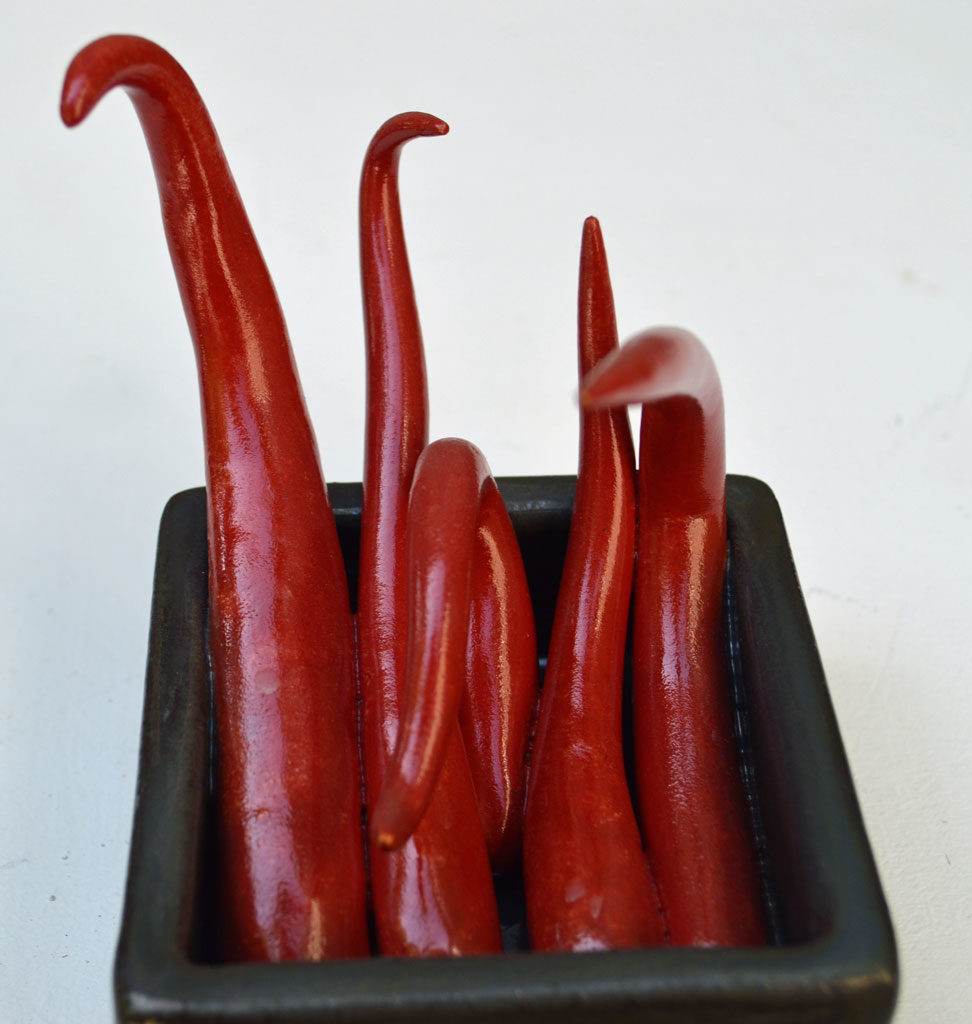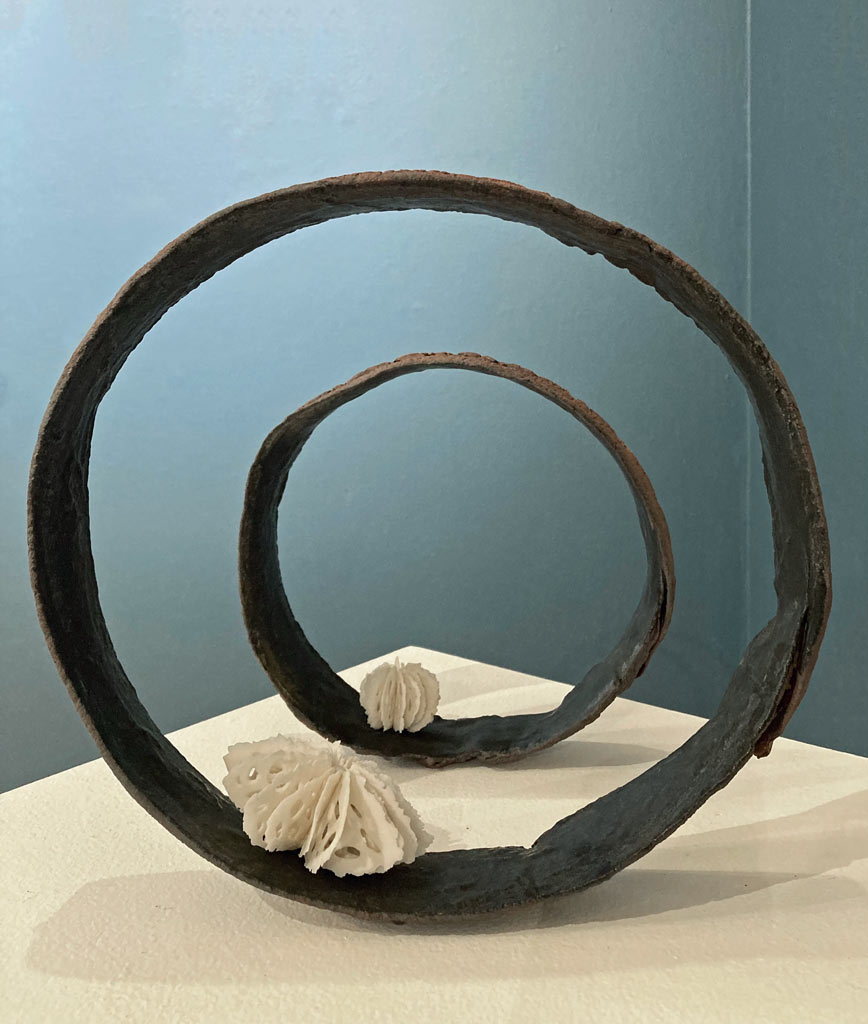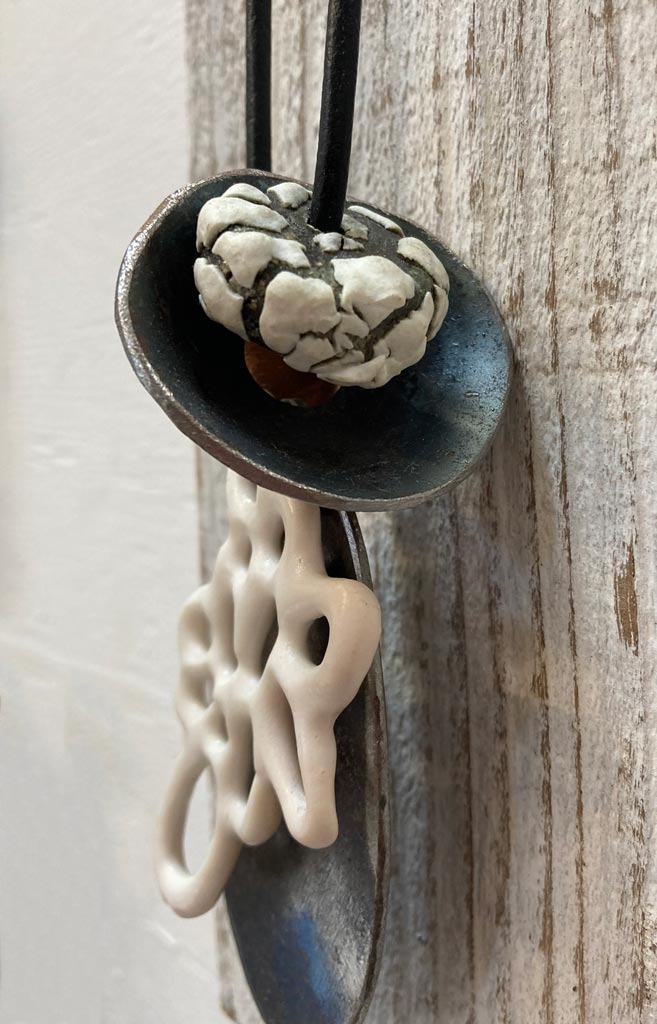
I spend a lot of time in the studio with my sculptures and when I see these Medusas in bell jars sitting up on the shelves, they seem more like pets than sculptures to me. The way they wiggle in their little terrariums and seem to come to life makes me feel like they need names and to be fed daily. I love the sense of movement and playfulness in such fragile forms.
Did you know that jellyfish are actually a type of plankton? Anything that drifts in the ocean is considered part of the plankton family and this series was definitely inspired by the wanderings of these marine drifters. You can adopt one of these jellies for your home and bonus – you get to name it!
Want one? ADOPT HERE










